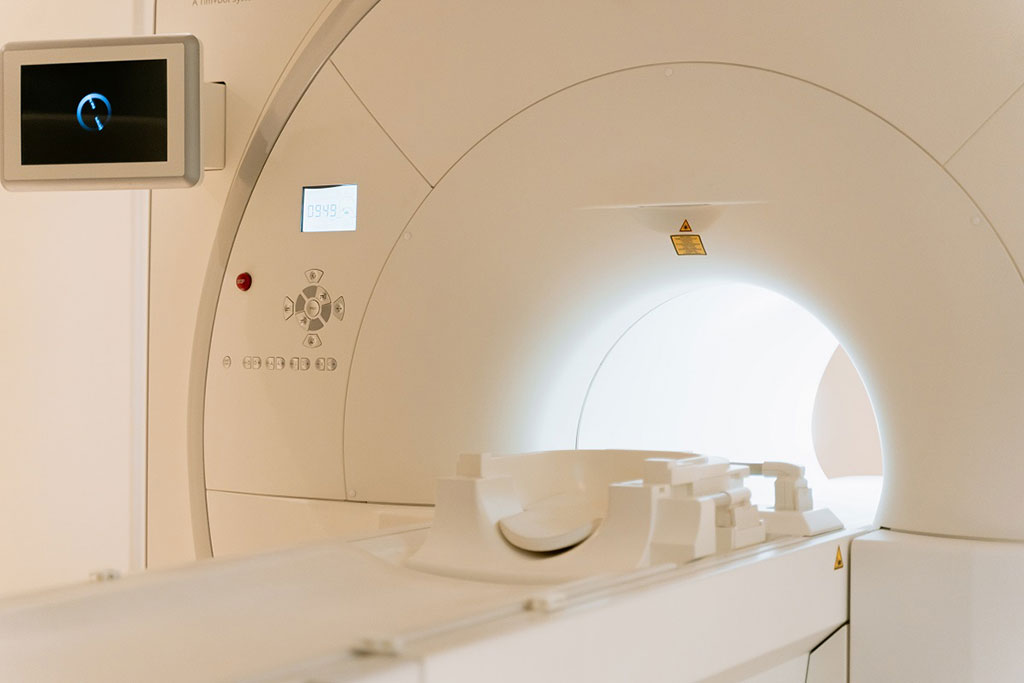AI in Radiology Market Driven by Growing Adoption of Machine Learning Tools in Broad Spectrum of Imaging Applications
Posted on 10 Nov 2021
Artificial intelligence (AI) tools and technologies have been making enormous impacts on various aspects of healthcare. The use of AI algorithms in medical image analysis field has made astounding progress. Particularly deep learning has made incessant inroads in radiology practice. The major consumer proposition for companies in the AI in radiology market stems from the exceptional capabilities of AI tools in recognizing complex patterns in the imaging data.
These are the latest findings of Transparency Market Research (Albany NY, USA), a next-generation market intelligence provider.

The exponential rise of clinical, molecular, imaging, and genomic data has extended the canvas for the need for utilization of advanced IT and data processing tools for assessments of radiographic characteristics, and enrich the work of radiologists. As a result, radiomics has made striking strides in recent years. The utilization of AI in radiology continues to expand, as is evident in the rise in the growing adoption of machine learning tools in broad spectrum of imaging applications, driving the AI in radiology market. Some of the key applications of AI in imaging are risk assessment, diagnosis, identification, prognosis, evaluation of risk of reoccurrence, and therapy response. Several clinically useful AI tools have been developed to meet these applications in AI in radiology market.
One of the key areas with massive potential revenues is oncology. Specifically, AI algorithms are used in a number of thoracic imaging tasks including such as lung nodules assessment for identifying whether these are benign or malignant, pneumonia detection, or estimation of diffuse lung diseases. The past few years have seen rapid technological advancements in deep learning, raising the standard of AI, which has expanded the horizon of the AI in radiology market. A number of anomalies have been found to open to detection for radiologists. Deep learning integrated with magnetic resonance imaging (MRI) has been found to make time-based assessment of the histological analysis of breast cancer. Images from other modalities are also open to a reliable scrutiny by AI methods; examples are computed tomography (CT) and positron emission tomography (PET). A case in point is the growing clinical potential of use of ML tools in pancreatic cancer analysis in CT and MRI.
Some of the end-use areas in the AI in radiology market are abdominal and pelvic imaging, colonoscopy, mammography, and brain imaging. The areas of applications continue to expand with the growing awareness about the unique capabilities of AI in radiomics. A case in point is the emerging prospects in chest computed radiography. The use cases of AI in DNA and RNA sequencing is anticipated to unlock an incredible avenue for players in the AI in the radiology market. AI tools have become a friend for radiologists, and in the near future will increasingly complement diagnosis and clinical care.
Players in the AI in radiology market are constantly striving to offer solutions that bridge the gap between training and applications in real-world populations. Hospitals also simultaneously need to upskill their healthcare staff in using complex AI systems. In effect, this is one of the key focus areas for AI tools developers in the AI in radiology market to reduce the chances of errors and prevent algorithmic biases. Another area that is replete with opportunities is ethical aspects of AI. Human designers and operators should work collaboratively to develop next-gen AI for radiology applications. The aspect should be at the crux of new product development, opines experts, and the factor will also massively shape the competitive dynamics of the AI in radiology market.
Geographically, North America is a highly lucrative AI in radiology market. Its growth has been fueled by massive advancements in deep learning tools. The healthcare industry has been increasingly benefitted from the growing practical implications of AI in radiomics. Asia Pacific is being viewed as an emerging AI in radiology market in recent years. The growing technical expertise of leveraging AI for patient well-being will propel the growth of this regional market, going forward.
Related Links:
Transparency Market Research














